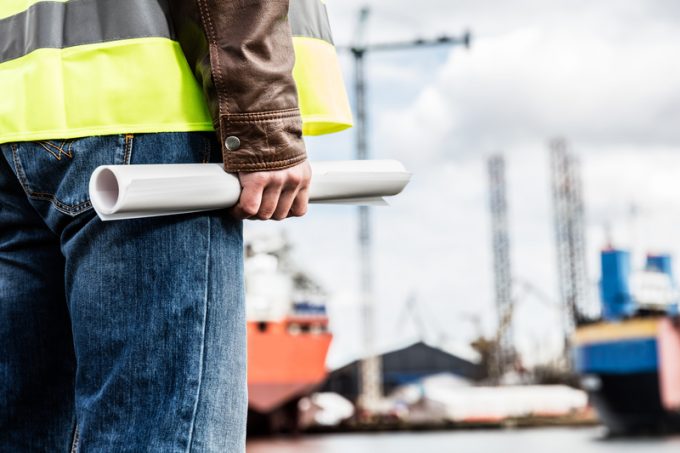Red Sea crisis has driven most new capacity into extended Asia-Europe trades
With container lines – generally – opting to route their Asia-Europe vessels around the Cape ...

Supply will outpace demand in container shipping in both 2024 and 2025, according to international shipping organisation Bimco, and this will exert further pressure on freight and charter rates.
Ocean carriers have already pushed back deliveries of some ultra-large vessels into next year, and are likely ...


Comment on this article